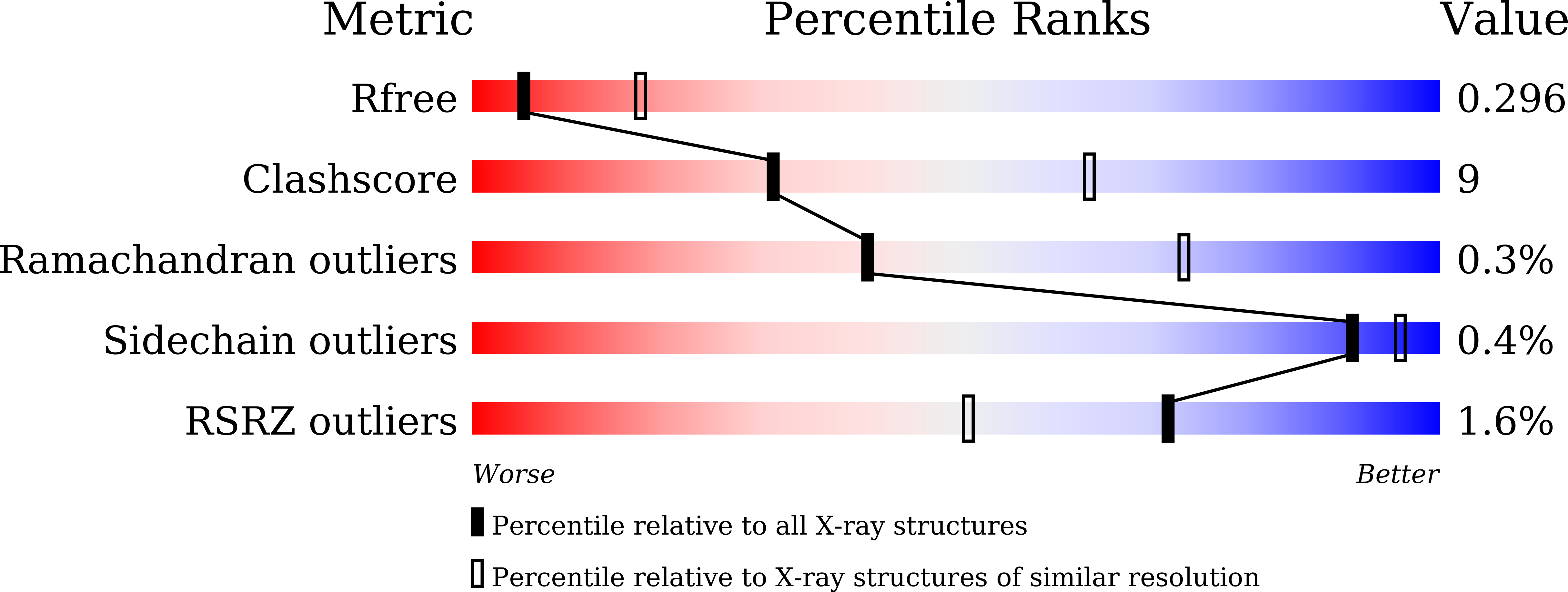
Deposition Date
2019-11-08
Release Date
2020-11-11
Last Version Date
2023-11-22
Method Details:
Experimental Method:
Resolution:
3.10 Å
R-Value Free:
0.29
R-Value Work:
0.27
R-Value Observed:
0.27
Space Group:
I 4


